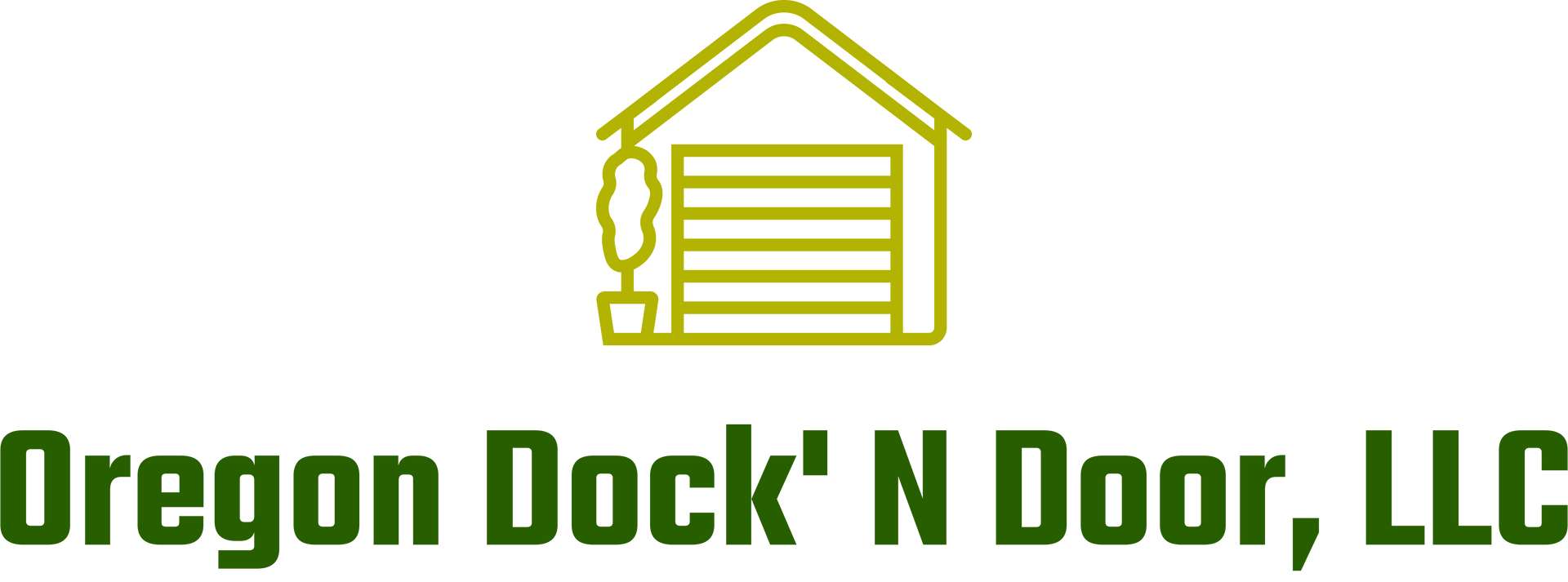Loading Dock Bumpers: How to Maintain a Safe Loading Dock Environment
In a fast-paced warehouse or logistics center, the loading dock is one of the most critical areas of operation. It’s where goods enter and exit, trucks dock for deliveries, and heavy machinery often operates. Amidst all this activity, loading dock bumpers play a vital role in keeping your facility safe and your operations running smoothly.
Whether you operate a distribution center, retail warehouse, or industrial plant, protecting your loading dock infrastructure and staff is essential. In this guide, we’ll break down the key components of a safe loading dock environment, including dock bumpers, levelers, seals, and more.
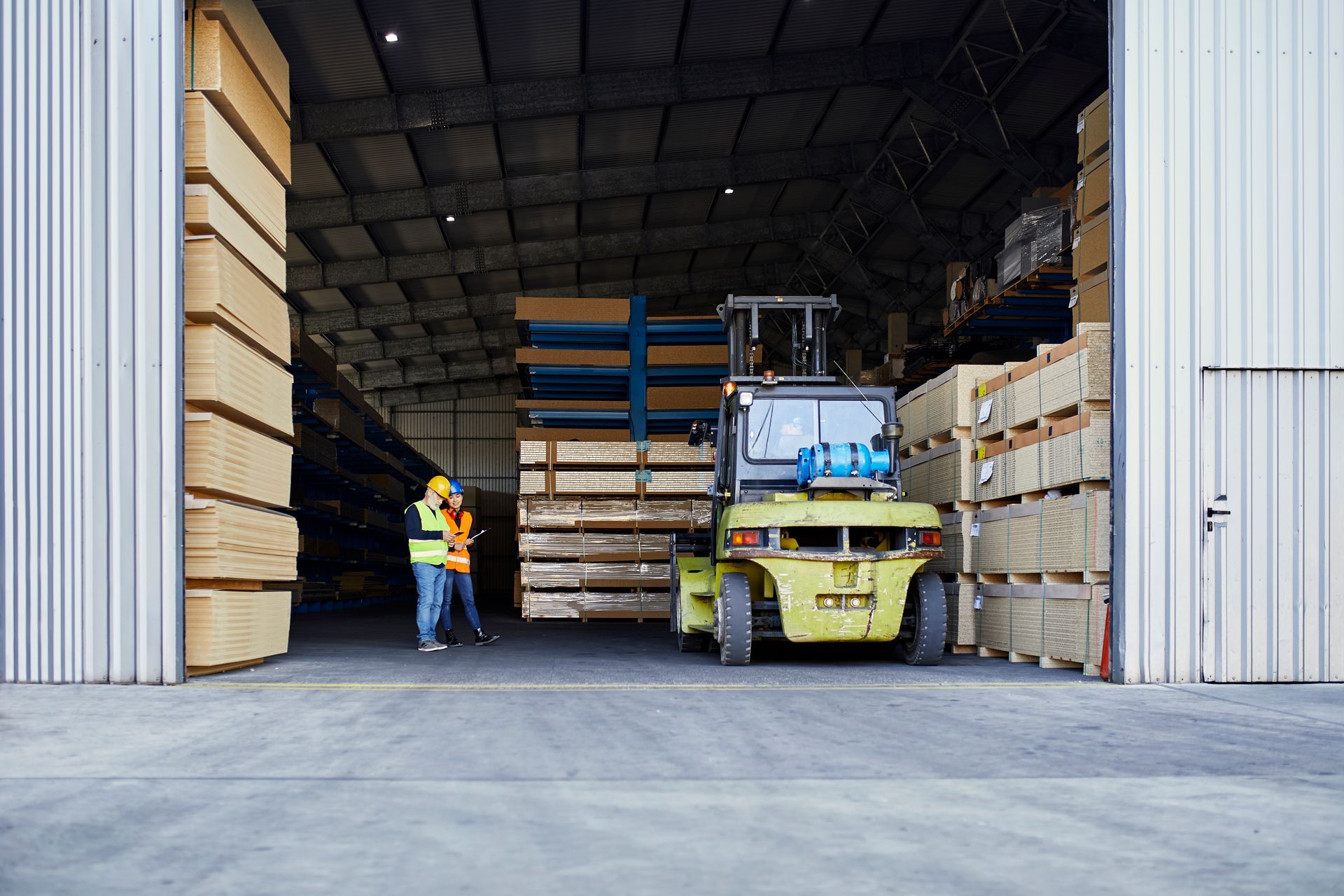
The Benefits of Loading Docks to Your Business
Loading docks are more than just a space to load and unload. When equipped with the right equipment, such as portable loading docks, loading dock ramps, and durable loading dock platforms, they provide a range of business benefits:
- Increased efficiency: Loading docks
streamline operations by reducing loading and unloading times.
- Enhanced safety: Properly designed docks prevent slips, falls, and accidents with forklifts or delivery vehicles.
- Better product handling: With the right setup, goods are protected from environmental damage and handled more carefully.
- Operational flexibility: Equipment like portable loading docks and ramps helps accommodate various truck heights and delivery situations.
But none of this matters if your dock is unsafe or poorly maintained. That’s where components like loading dock bumpers come in.
Why Loading Dock Bumpers Matter
Loading dock bumpers are installed to absorb the impact of backing trucks and trailers. Without them, vehicles could cause significant structural damage to your building or loading dock, leading to expensive repairs and safety concerns.
Key benefits of loading dock bumpers include:
- Shock absorption: Bumpers cushion the force of truck impacts.
- Building protection: Prevents dock walls and edges from being damaged.
- Truck protection: Keeps delivery vehicles from scraping or bending on impact.
- Safer loading: Ensures proper alignment and reduces vehicle shift during loading.
Bumpers come in a variety of styles—molded, laminated, steel-faced—depending on traffic volume and type of cargo. Regardless of the style, regular inspection and timely dock repair near me searches can help extend the lifespan of your dock equipment.
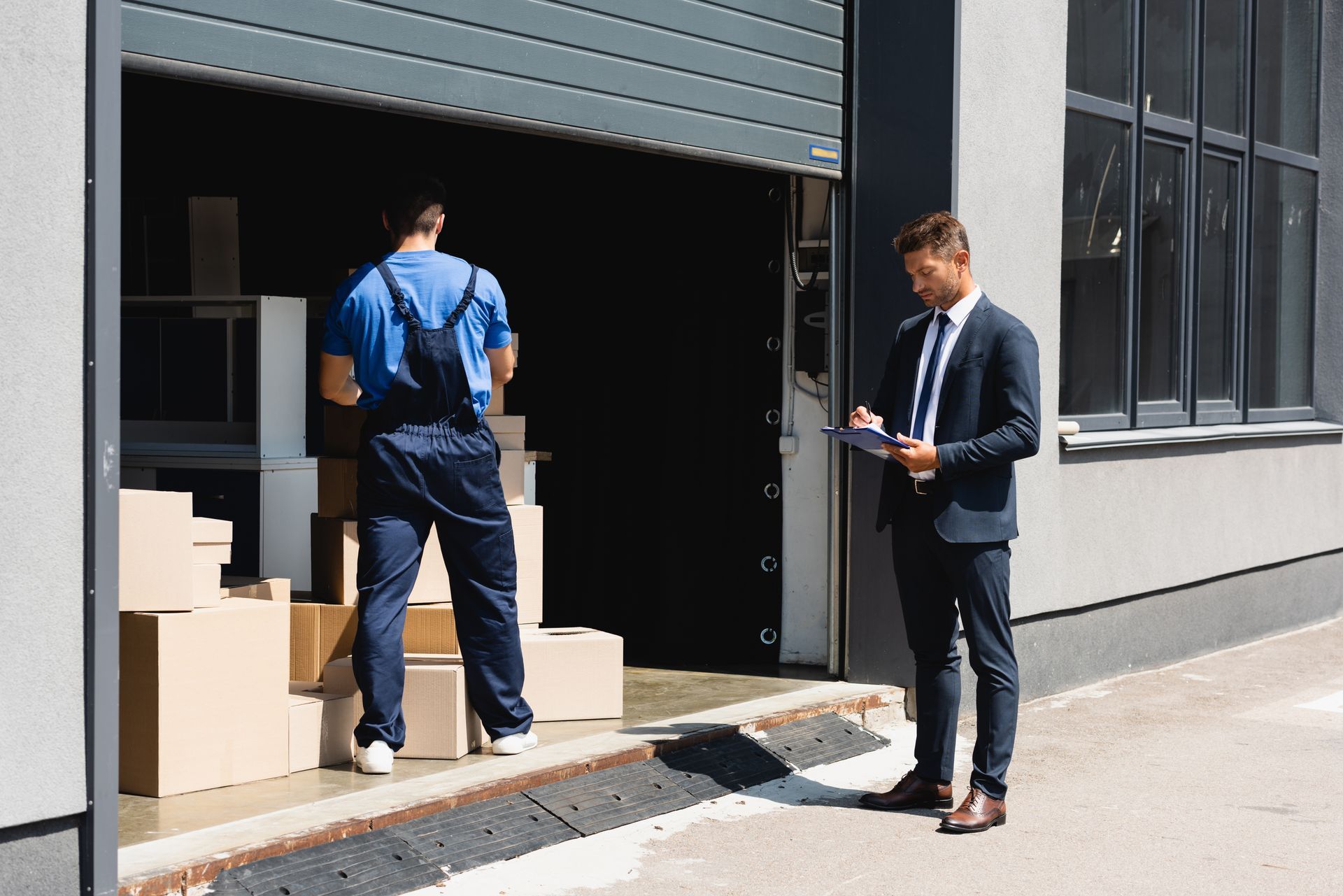
What Are the Types of Dock Seals?
Dock seals are a crucial part of maintaining an energy-efficient and safe loading dock environment. These sealing systems form a protective barrier between the trailer and the building, keeping out weather, debris, pests, and pollutants while minimizing energy loss. Choosing the right type of dock seal can significantly improve operational efficiency and employee comfort, especially in facilities with temperature-sensitive goods.
Here are the three primary types of dock seals and how they differ:
1. Compression Dock Seals
Compression dock seals are among the most commonly used types in loading dock applications. These consist of durable foam-filled pads mounted to the dock wall. When a truck backs into position, the trailer compresses the pads, forming a seal around the top and sides of the trailer.
Best For:
- Facilities with a standard and consistent fleet of trailer sizes
- Indoor warehouses and temperature-controlled environments
- Situations requiring a tight seal for energy efficiency
Advantages:
- Creates a tight, reliable seal that minimizes air exchange
- Reduces the entry of rain, wind, and dust into the facility
- Can help lower heating and cooling costs
Limitations:
- Not ideal for facilities with various truck sizes or lift gate use
- Excessive pressure from oversized trailers may damage the foam over time
2. Inflatable Dock Seals
Inflatable dock seals are highly versatile and provide an airtight seal around the trailer. These systems include inflatable chambers that expand around the trailer once it is in position. When deflated, the seal lies flat, reducing wear and tear and allowing clear access for irregular trailer types.
Best For:
Facilities receiving a wide variety of truck and trailer sizes
Cold storage warehouses and food distribution centers
Businesses needing maximum energy protection
Advantages:
Offers one of the tightest seals available, especially for temperature-sensitive operations
Inflates only when needed, reducing long-term wear
Accommodates trailers with lift gates or rear steps
Limitations:
Higher upfront cost compared to foam compression seals
Requires a reliable air supply or blower system for inflation
3. Dock Shelters
Dock shelters work differently from seals by forming a flexible enclosure or “curtain” around the top and sides of the trailer. Instead of compressing, dock shelters use durable fabric over a frame that allows trucks of varying sizes and configurations to back in without obstruction.
Best For:
- Operations with a wide variety of vehicle sizes and door types
- High-traffic docks that need continuous loading and unloading
- Warehouses using trailers with rear lift gates or double doors
Advantages:
- Accommodates the widest range of trailer sizes
- Less contact with trailers means lower risk of wear or damage
- Typically has a longer service life compared to foam pads
Limitations:
- Provides less of an airtight seal compared to compression or inflatable seals
- May allow slight air leakage, depending on weather conditions and fit
Which Dock Seal is Right for You?
When selecting a dock seal, consider your facility’s specific needs:
- Truck frequency and variety
- Indoor temperature control requirements
- Energy efficiency goals
- Long-term durability and maintenance budget
Choosing the right dock seal reduces energy loss, protects goods, and maintains a comfortable workspace—all crucial for efficient loading dock operations.
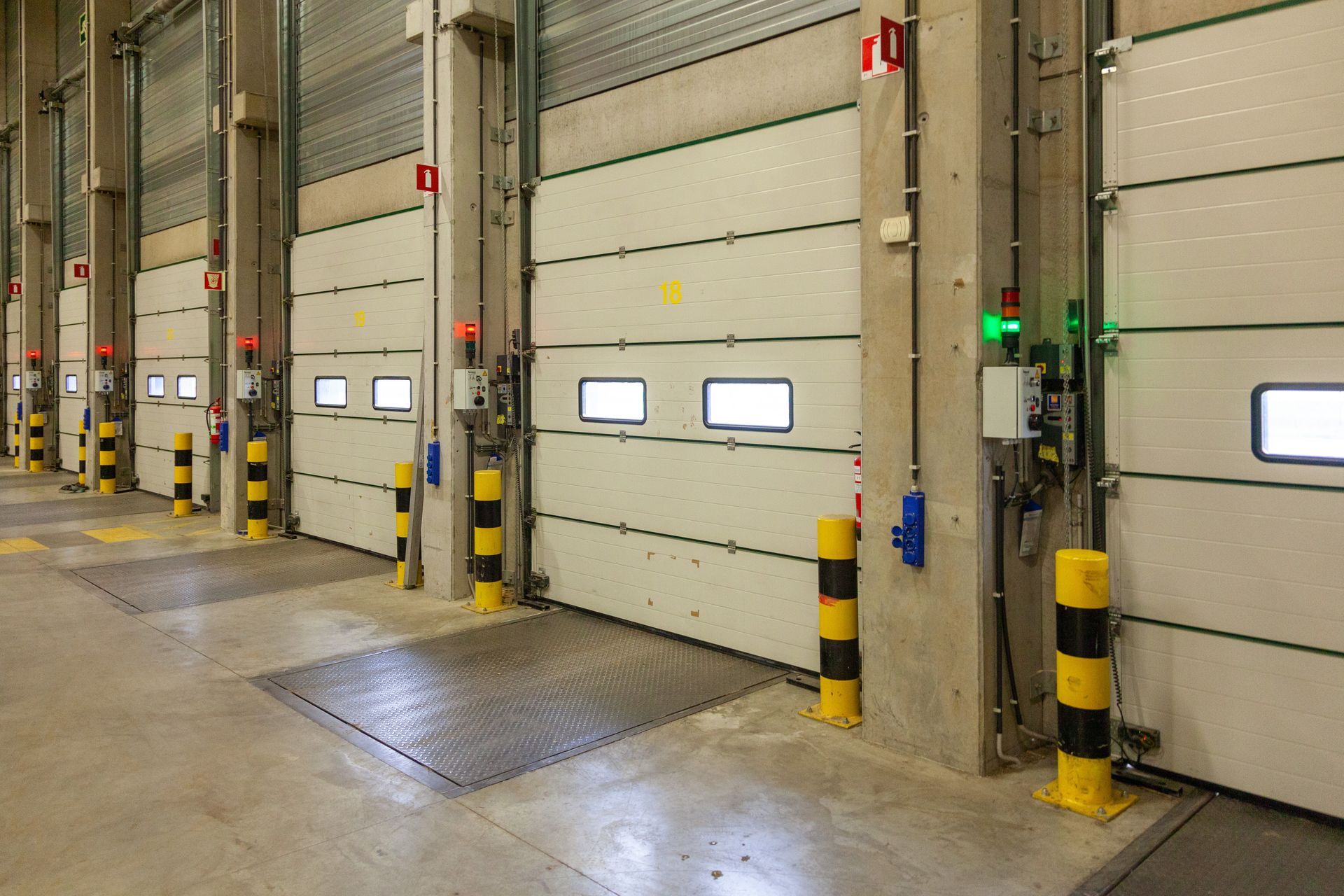
Common Dock Leveler Issues
A dock leveler is a platform that bridges the gap between your dock and a truck trailer. These platforms can be hydraulic, mechanical, or air-powered, and they’re key to ensuring smooth material handling.
However, like all equipment, they’re prone to wear and tear. Common dock leveler issues include:
- Hydraulic fluid leaks: Can cause failure in raising or lowering.
- Rust or corrosion: Especially in older units or humid environments.
- Worn-out springs or hinges: Mechanical levelers are particularly prone.
- Uneven platform operation: Can create dangerous tilt and risk of tipping.
- Damaged lip extension: A compromised lip can affect alignment with the truck bed.
Routine maintenance is key. If you notice any of these problems, it’s best to contact a dock repair near me service provider to address the issue quickly before it becomes a safety hazard.
How to Maintain Your Loading Dock Equipment
To ensure your dock environment remains safe and efficient, follow these key maintenance tips:
Inspect loading dock bumpers regularly for cracks, wear, and compression loss. Replace them when they no longer provide cushioning.
- Lubricate dock leveler hinges and components to prevent binding and friction damage.
- Clean dock seals and shelters to remove dirt and moisture buildup that can lead to mildew or deterioration.
- Check for secure installation of loading dock ramps and platforms. Loose or unstable equipment can pose serious hazards.
- Keep the dock area clear of obstructions to reduce the risk of forklift accidents or falls.
Schedule routine service calls with a local dock repair expert to inspect equipment and make preventive adjustments.
Choosing the Right Loading Dock Equipment Provider
Whether you're upgrading worn-out loading dock bumpers, troubleshooting a faulty dock leveler, or installing a new portable loading dock, selecting the right service provider is crucial for maintaining a safe and efficient loading dock environment. The right partner not only fixes issues quickly but also helps prevent costly future breakdowns by offering expert advice, reliable products, and responsive maintenance services.
When searching for “dock repair near me,” keep the following factors in mind to ensure you choose a provider that will meet your business's long-term needs:
1. Proven Experience with Commercial and Industrial Dock Systems
Loading docks are complex, high-traffic areas that require precise installation and durable equipment. Choose a company with extensive experience handling a variety of dock systems, including loading dock ramps, dock levelers, dock seals, and dock platforms. A seasoned provider will be more familiar with your specific operational needs and can offer the right solutions quickly.
2. Fast Response Times for Emergency Repairs
Downtime at the loading dock can disrupt your entire supply chain. A reliable provider should offer emergency dock repair services with same-day or next-day response times. This ensures that if your loading dock bumper is damaged or a dock leveler fails unexpectedly, it can be repaired with minimal interruption to your workflow.
3. Deep Understanding of OSHA and Industry Safety Regulations
Loading docks are among the most hazardous areas in commercial facilities. The provider you choose should be well-versed in OSHA requirements and other relevant safety regulations to help keep your facility compliant. Proper installation and maintenance of loading dock bumpers, lighting, signage, and fall protection equipment all play a role in maintaining workplace safety.
4. Access to a Wide Range of Parts and Equipment
A provider with a large inventory of parts and brands can help you avoid long delays when repairs are needed. Whether you're replacing dock bumpers, servicing dock levelers, or installing a loading dock platform, having quick access to parts reduces downtime and helps get your facility back up and running faster.
5. Strong Reputation and Positive Customer Reviews
Don’t underestimate the value of customer feedback. Look for providers with positive reviews, repeat clients, and strong word-of-mouth referrals. This is often a sign of quality workmanship, reliable customer service, and overall satisfaction. Ask for case studies or project photos to verify the provider’s expertise.
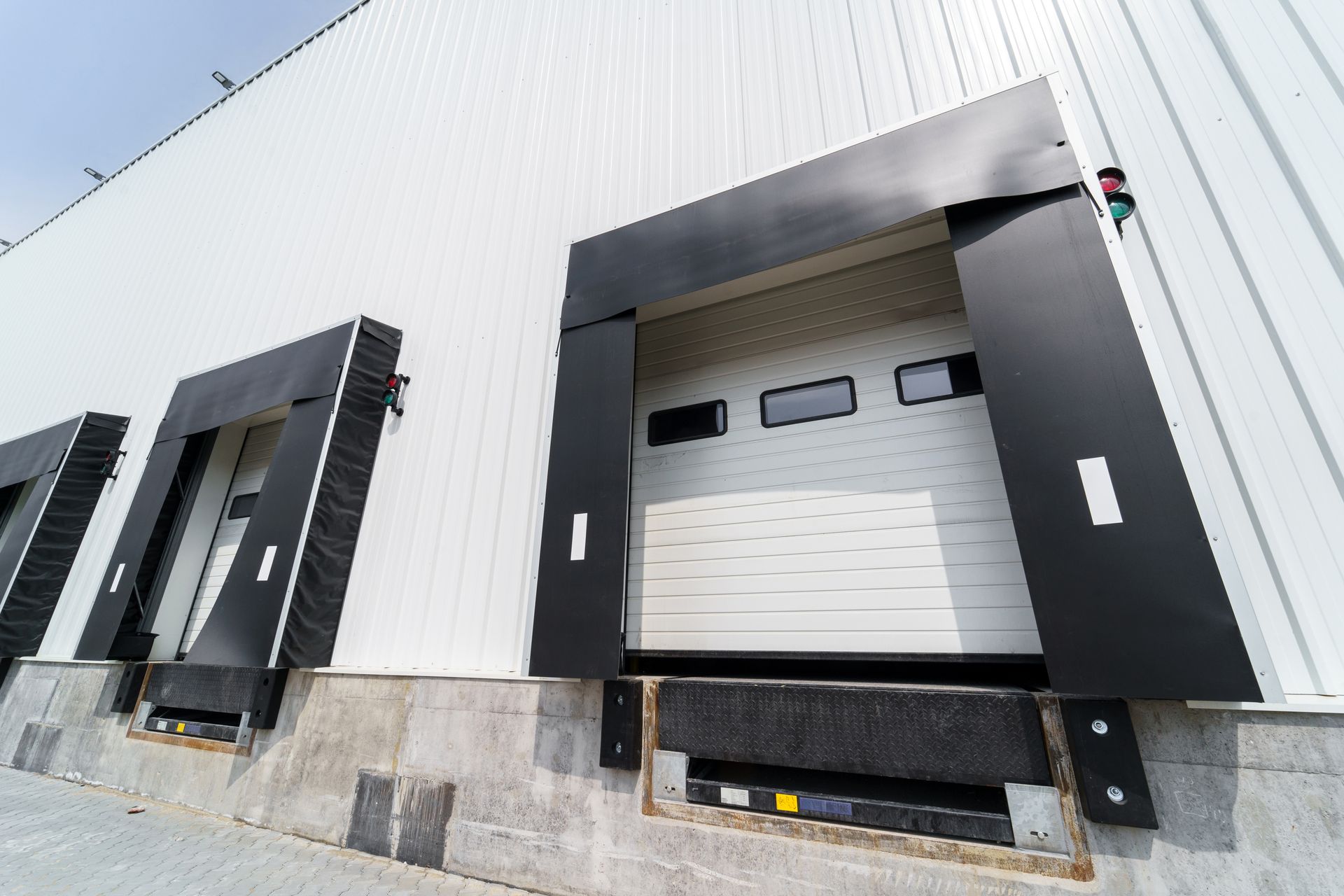
The Local Advantage
Working with a local loading dock equipment provider has clear benefits:
- Faster service due to shorter travel times
- More personalized support from technicians who understand local industries and building codes
- Ongoing relationships that allow for proactive maintenance and long-term planning
Partnering with the right team ensures that your loading dock bumpers, dock ramps, and dock platforms remain in excellent condition, protecting your workers, cargo, and equipment investment.
CTA: Count on Oregon Dock 'N Door for Professional Dock Safety Solutions
At Oregon Dock 'N Door, we specialize in commercial and industrial dock equipment that protects your property, your people, and your operations. From installing heavy-duty loading dock bumpers to maintaining your loading dock ramps and levelers, our experienced team is committed to keeping your facility safe and efficient.
Serving businesses throughout Oregon, we bring top-tier products, expert service, and personalized support to every project, no matter the size. Whether you need new equipment or urgent dock repair, trust Oregon Dock 'N Door to get the job done right.
Contact us today to schedule a consultation or learn more about how we can enhance the safety of your loading dock environment.

